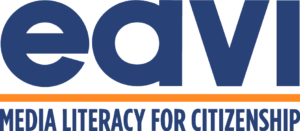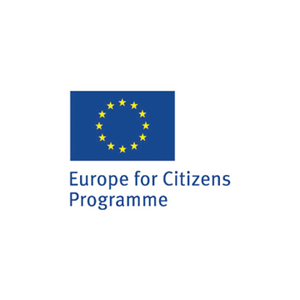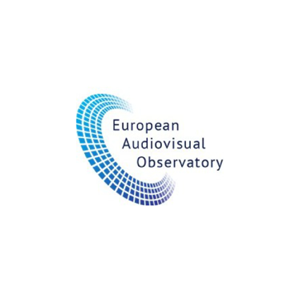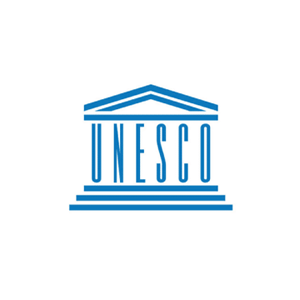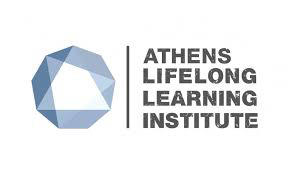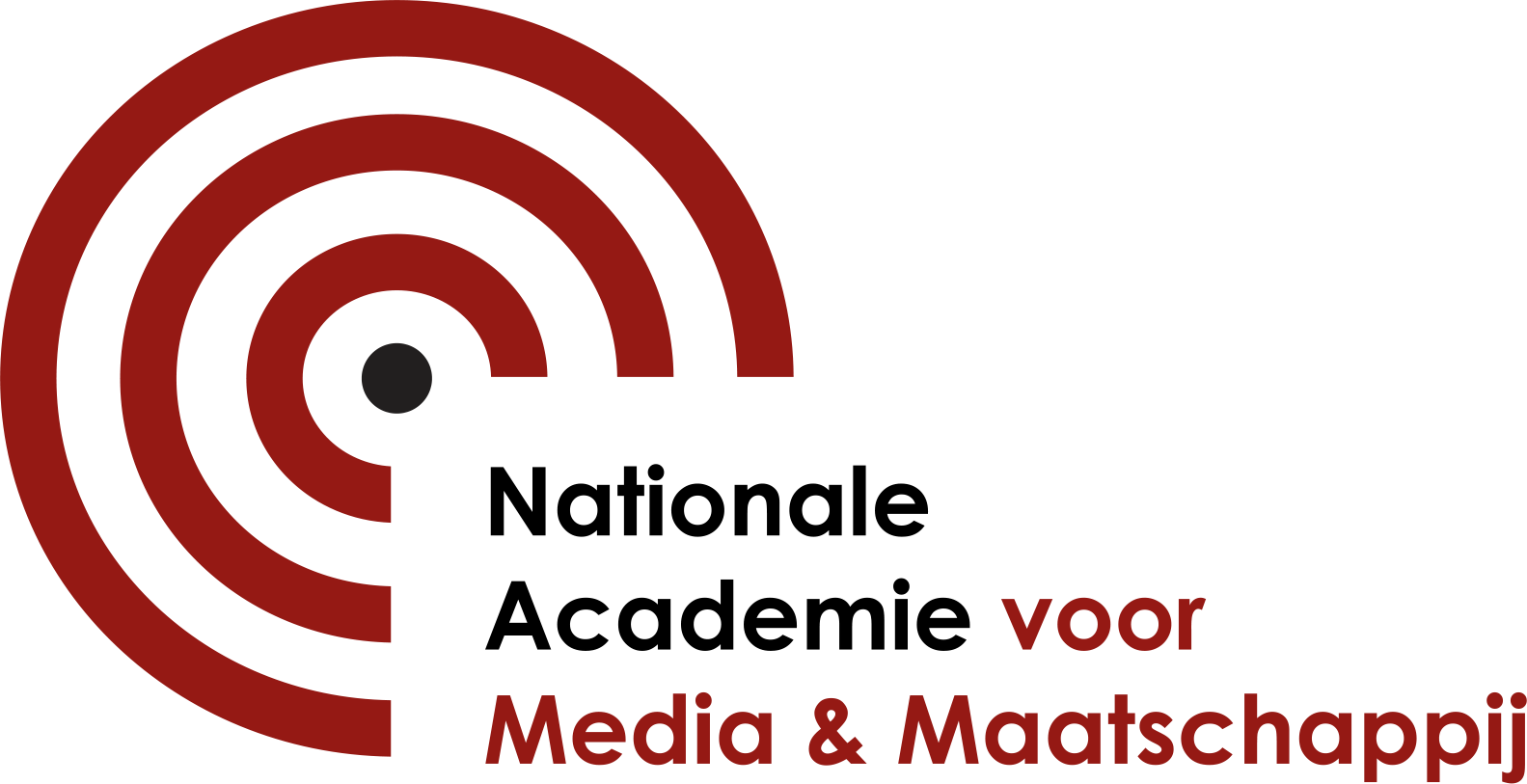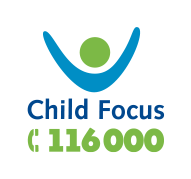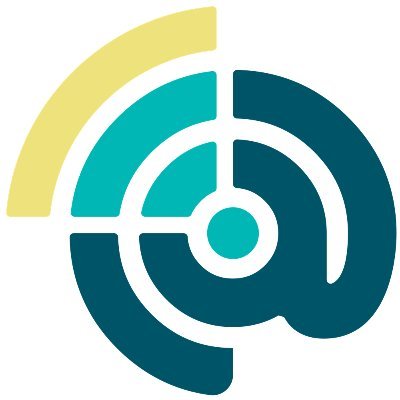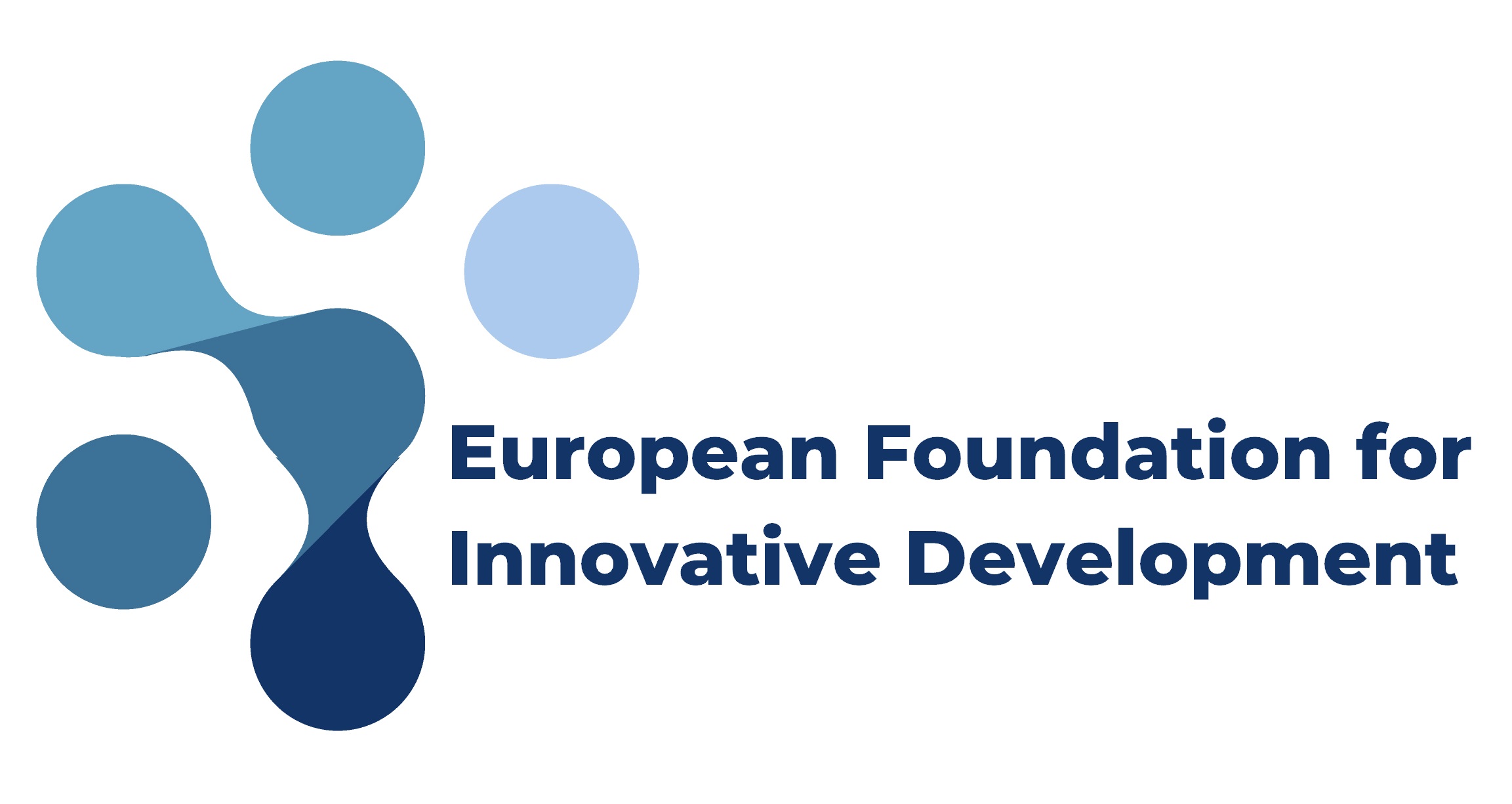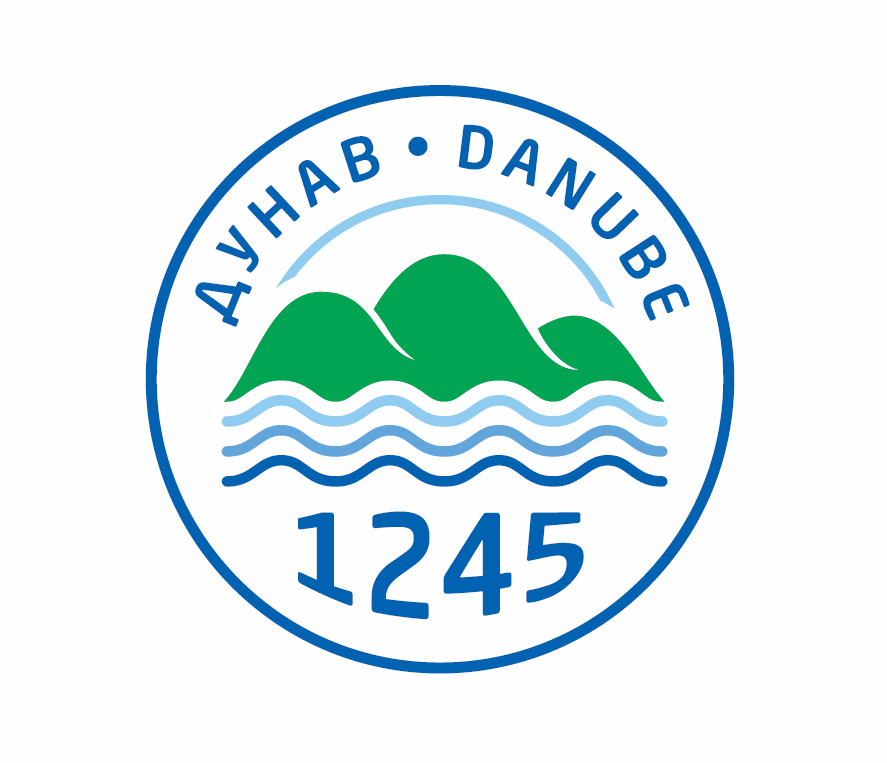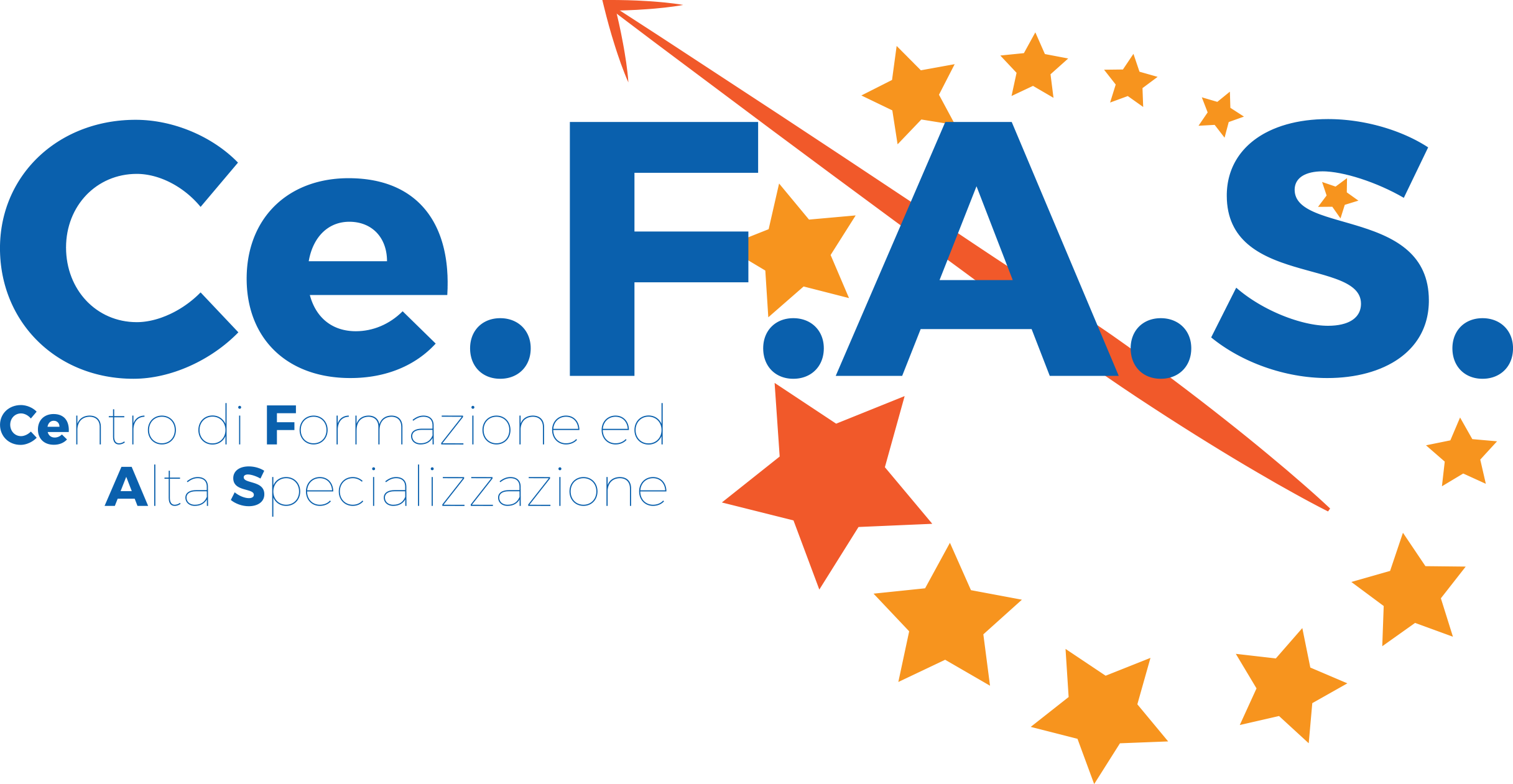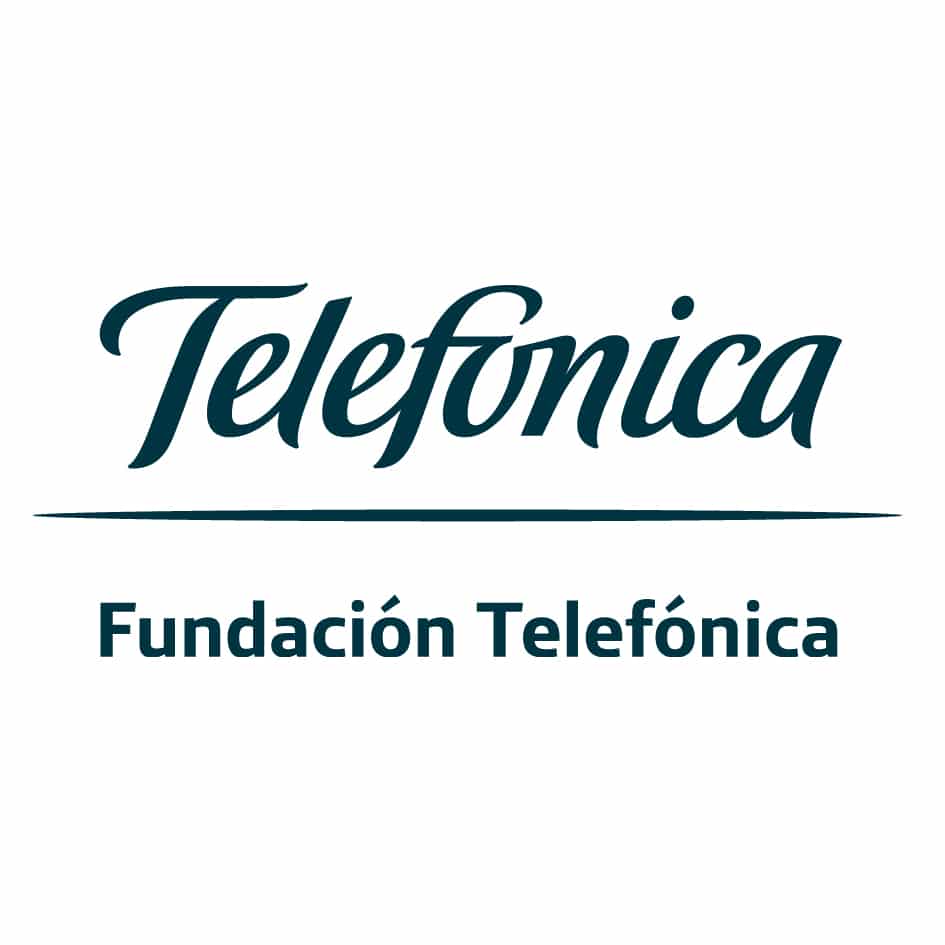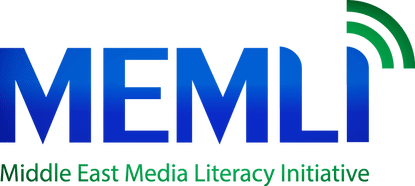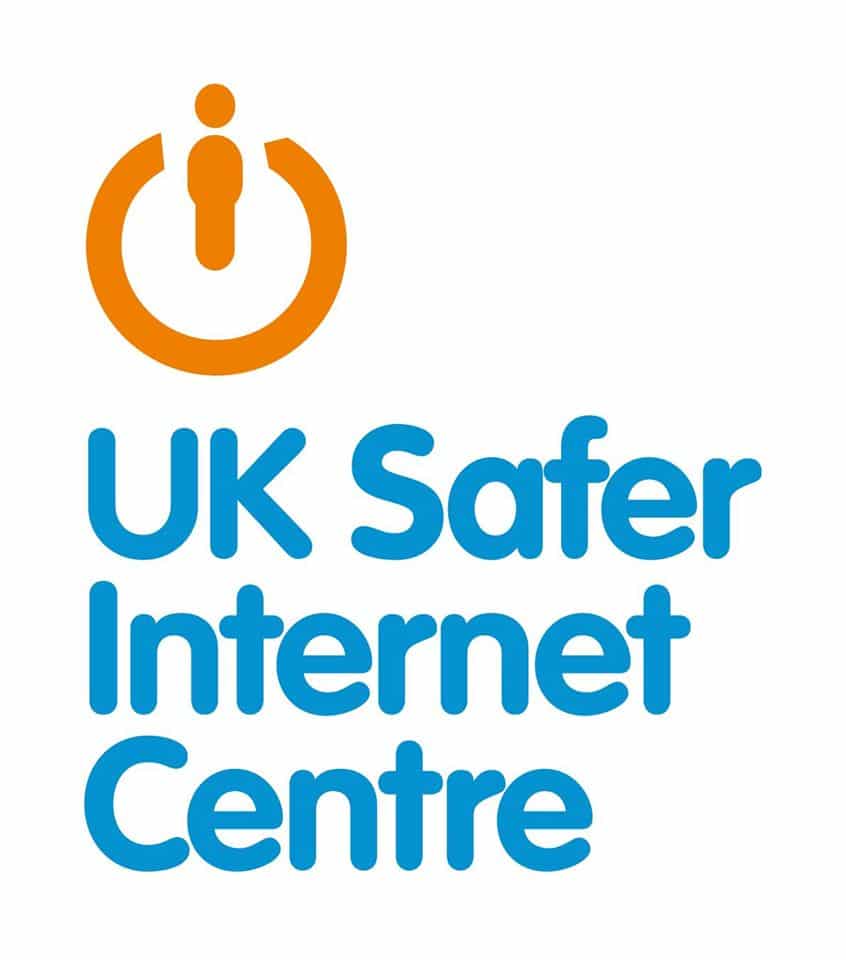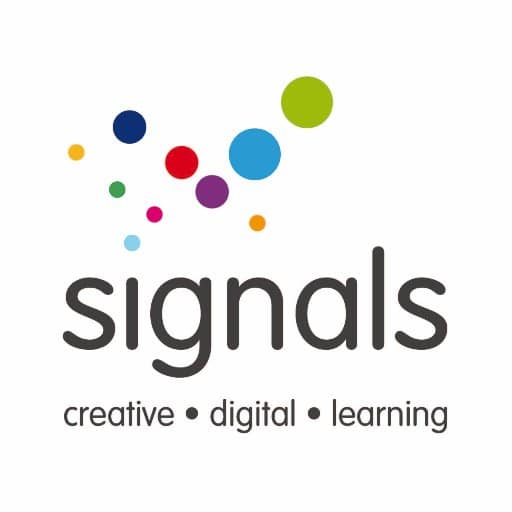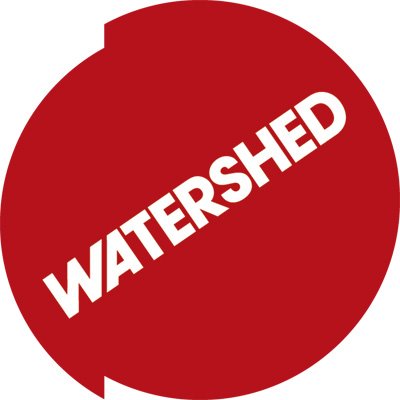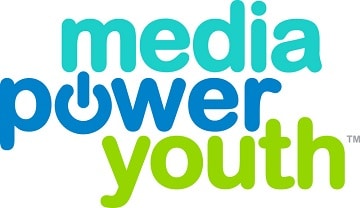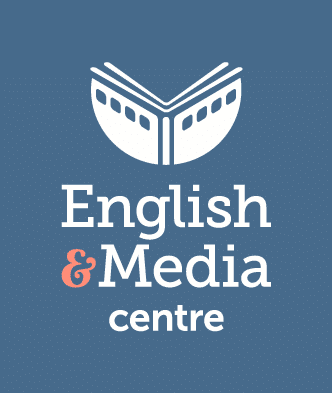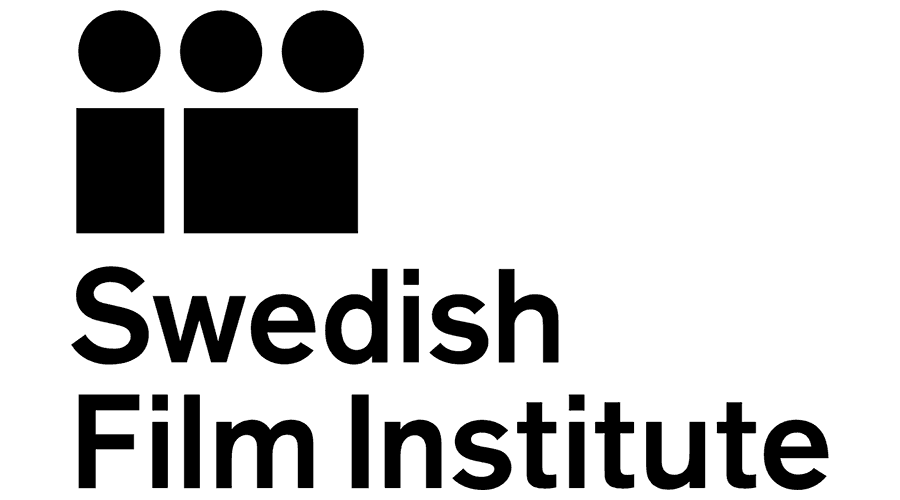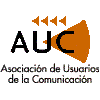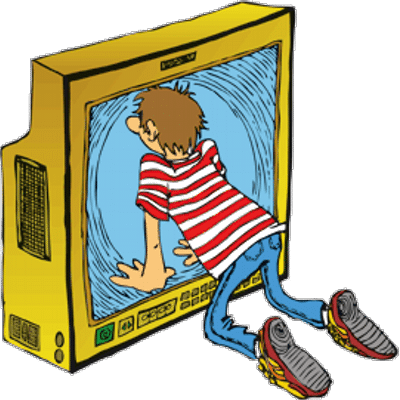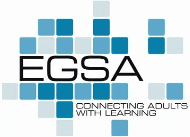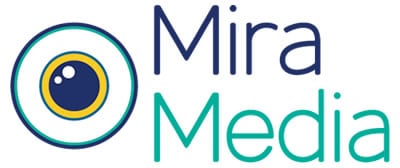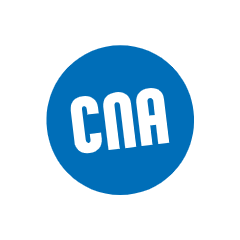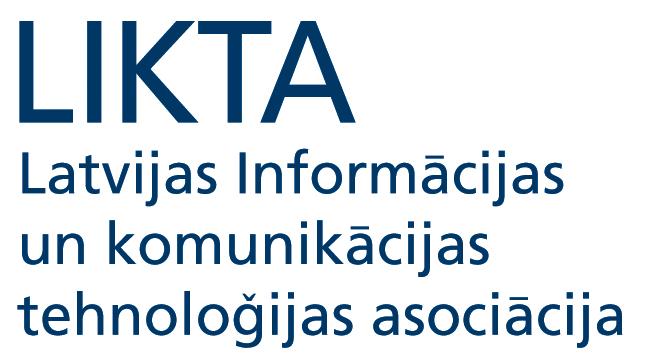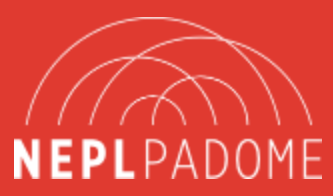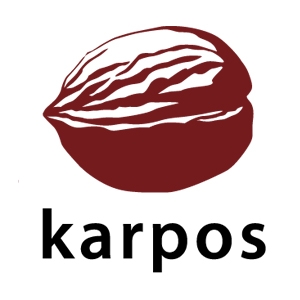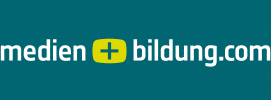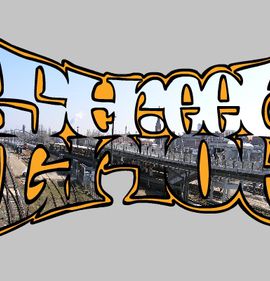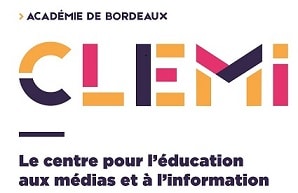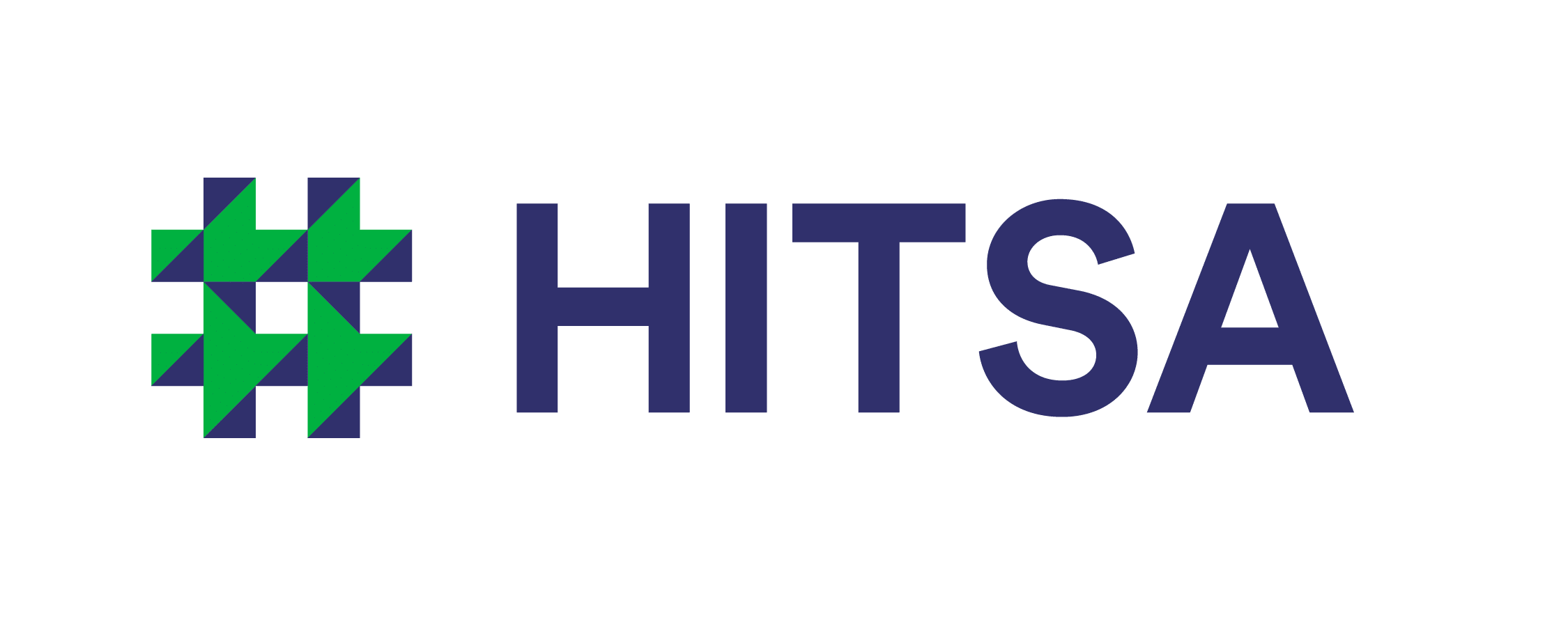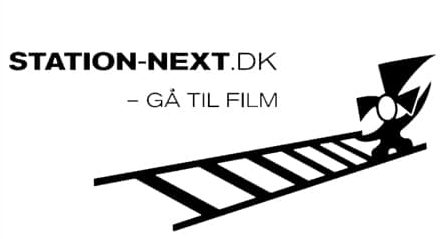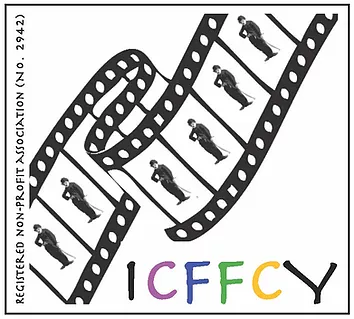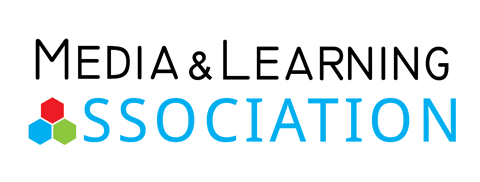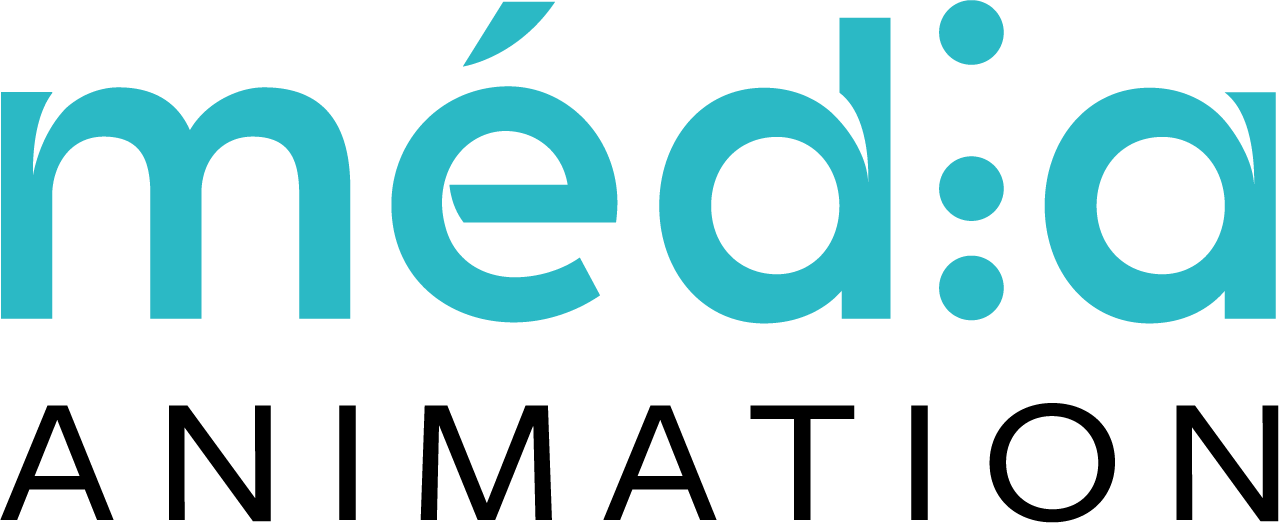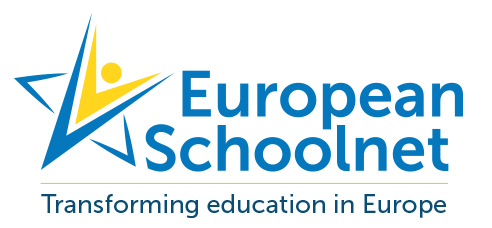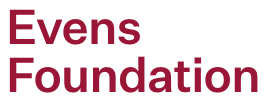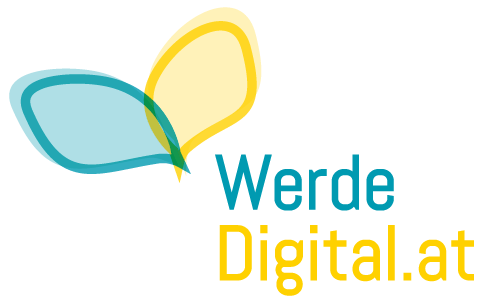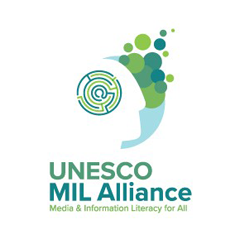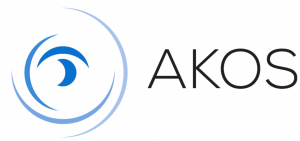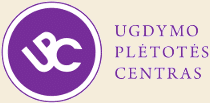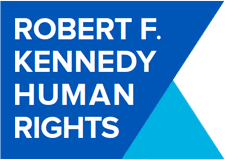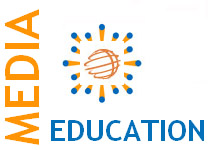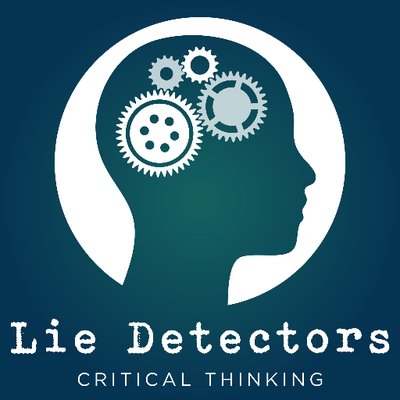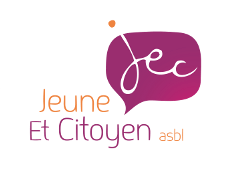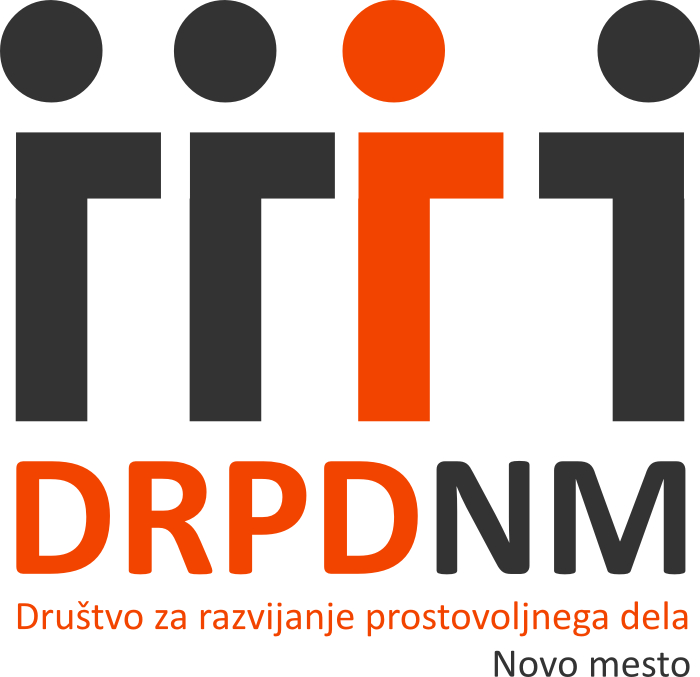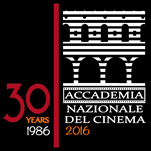We are part of a mediated world. The development of technology has led us to a “new” digital world. We interact, communicate and even learn and work online, sometimes without restrictions and boundaries. Different people of different ages and social backgrounds communicate daily through their devices.
Someone can say that the whole world is in our hands since a mobile phone can give us access to a variety of information and opportunities by touching the screen. However, this online freedom has two sides; it can be a golden ticket, but it can also turn into a curse. Misleading content, as a form of disinformation, can be found everywhere and can have different forms, from titles to whole texts and images to videos. Visual content, especially misleading images, play a role in our online activities and can be generated for various reasons. We can even find them in social media with special effects and editing software or even in random articles. They are a part of our new online reality, and in most cases, they tend to alter our perceptions about reality, harm our well-being and our role in societies.
Young people are at the forefront of this situation as they spend much of their time online for various reasons. But what can we do to ensure they follow healthy media habits? We can say that this open access to information demands a new generation of media-literate citizens in order to filter this bulk of inputs. That is why students need to develop the necessary skills, such as critical thinking, and learn about the mechanisms which will help them detect and decode misleading content in the media.
Of course, this plan is not just theoretical. Instructors should constantly involve students in practical activities that depict everyday life and make them aware of this issue by providing certain information and suggestions to pave the way into a media literate world without being deceived by inaccurate sources.
This lesson plan consists of six short activities which aim to support students in analyzing and decoding misleading images and question critically online resources. Videos, theory sheets and additional material are attached so that teachers have the necessary guidance to implement it in the classroom.
Lesson Plan: Identifying misleading images in the media
Infographic: How to decode and read a photograph
We are part of a mediated world. The development of technology has led us to a “new” digital world. We interact, communicate and even learn and work online, sometimes without restrictions and boundaries. Different people of different ages and social backgrounds communicate daily through their devices.
Someone can say that the whole world is in our hands since a mobile phone can give us access to a variety of information and opportunities by touching the screen. However, this online freedom has two sides; it can be a golden ticket, but it can also turn into a curse. Misleading content, as a form of disinformation, can be found everywhere and can have different forms, from titles to whole texts and images to videos. Visual content, especially misleading images, play a role in our online activities and can be generated for various reasons. We can even find them in social media with special effects and editing software or even in random articles. They are a part of our new online reality, and in most cases, they tend to alter our perceptions about reality, harm our well-being and our role in societies.
Young people are at the forefront of this situation as they spend much of their time online for various reasons. But what can we do to ensure they follow healthy media habits? We can say that this open access to information demands a new generation of media-literate citizens in order to filter this bulk of inputs. That is why students need to develop the necessary skills, such as critical thinking, and learn about the mechanisms which will help them detect and decode misleading content in the media.
Of course, this plan is not just theoretical. Instructors should constantly involve students in practical activities that depict everyday life and make them aware of this issue by providing certain information and suggestions to pave the way into a media literate world without being deceived by inaccurate sources.
This lesson plan consists of six short activities which aim to support students in analyzing and decoding misleading images and question critically online resources. Videos, theory sheets and additional material are attached so that teachers have the necessary guidance to implement it in the classroom.
Lesson Plan: Identifying misleading images in the media
Infographic: How to decode and read a photograph
We are part of a mediated world. The development of technology has led us to a “new” digital world. We interact, communicate and even learn and work online, sometimes without restrictions and boundaries. Different people of different ages and social backgrounds communicate daily through their devices.
Someone can say that the whole world is in our hands since a mobile phone can give us access to a variety of information and opportunities by touching the screen. However, this online freedom has two sides; it can be a golden ticket, but it can also turn into a curse. Misleading content, as a form of disinformation, can be found everywhere and can have different forms, from titles to whole texts and images to videos. Visual content, especially misleading images, play a role in our online activities and can be generated for various reasons. We can even find them in social media with special effects and editing software or even in random articles. They are a part of our new online reality, and in most cases, they tend to alter our perceptions about reality, harm our well-being and our role in societies.
Young people are at the forefront of this situation as they spend much of their time online for various reasons. But what can we do to ensure they follow healthy media habits? We can say that this open access to information demands a new generation of media-literate citizens in order to filter this bulk of inputs. That is why students need to develop the necessary skills, such as critical thinking, and learn about the mechanisms which will help them detect and decode misleading content in the media.
Of course, this plan is not just theoretical. Instructors should constantly involve students in practical activities that depict everyday life and make them aware of this issue by providing certain information and suggestions to pave the way into a media literate world without being deceived by inaccurate sources.
This lesson plan consists of six short activities which aim to support students in analyzing and decoding misleading images and question critically online resources. Videos, theory sheets and additional material are attached so that teachers have the necessary guidance to implement it in the classroom.
